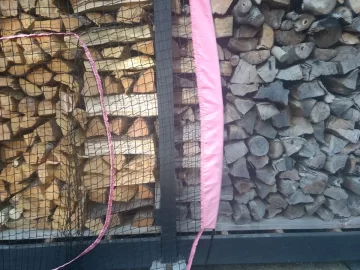Garbanzo62
Minister of Fire
Granted that this year has been one of the warmest in the Northeast, but so far this year I have used 320 less gallons of oil. So I am about $1000 ahead of the game after wood expenses. Already owned the chainsaw and splitting maul. Would like to get a real splitter, time will tell on that, maybe an electric one, but I agree that the savings will accrue over time to cover the equipment expenses


 (and you can do it really cheaply, or the deluxe version with all sorts of add-ons.
(and you can do it really cheaply, or the deluxe version with all sorts of add-ons. 